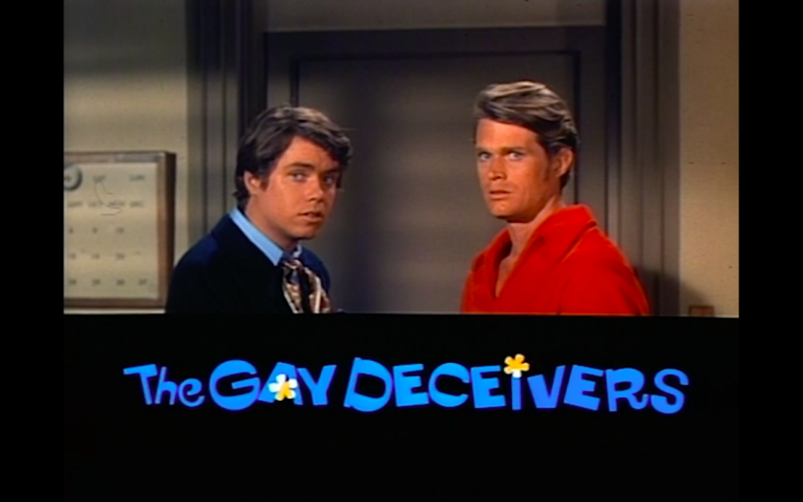
In order to avoid the army draft, two young men pretend to be a gay couple. But, in order to keep up the charade, now they have to fool everyone around them into believing they are in a committed relationship.
No, this isn’t an episode of a Netflix sitcom, or the newest gay viral web series. This is the plot of The Gay Deceivers, a movie directed by Bruce Kessler and released in 1969 at the height of the Vietnam War—decades before the needle would even begin to move around queer visibility in media.
We had to take a look at this rare comedy to see how the story played out, how queer culture was portrayed back then, and how well—or not!—it has aged. And whew it was a journey!
Here are some of the thoughts we had while watching The Gay Deceivers…
How about we take this to the next level?
Our newsletter is like a refreshing cocktail (or mocktail) of LGBTQ+ entertainment and pop culture, served up with a side of eye-candy.
Meet BF(F)s Danny and Elliot
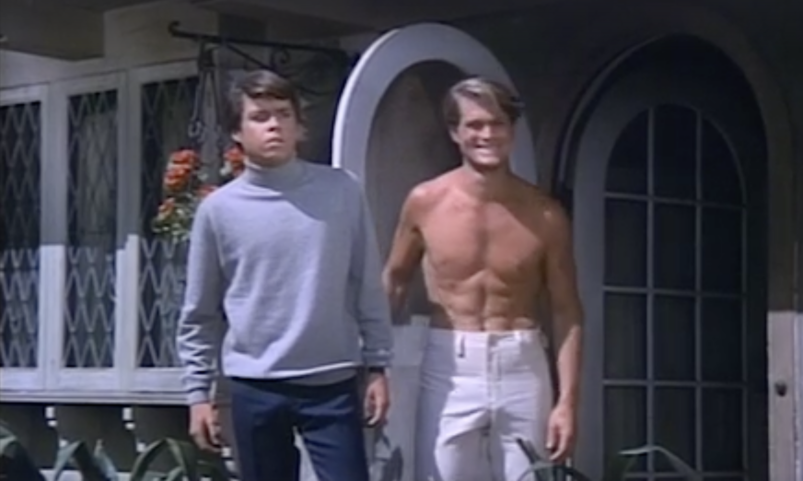
Our two lead characters are Danny (Kevin Coughlin) and Elliot (Lawrence P. Kasey), who we meet during their draft interview. They are pulling their take on a Victor/Victoria: straight men pretending to be gay pretending to be straight. It’s a true juggling act as the try to appear flamboyant while, at the same time, make it seem like they’re hiding it—kind of impressive, honestly!
Danny is playing the fashion-forward, ascot-wearing intellectual, and Elliot the blonde, preppy, clueless Adonis. It all goes according to plan, and the army officers are able to “see right through them” and dismiss them.
Don’t Say Gay
It is almost remarkable how the movie manages to go around actually saying the word “gay” or “homosexual.” It’s all either innuendos, or stopping mid-sentence, or seeing it written out. It’s taboo to openly mention the very concept that the film revolves around!
Related:
Two queer heartthrobs find love in one of the most beloved movies ever
Meet James Dean and Sal Mineo. Prepare for heavy breathing.
Lies, Lies, Lies
Outside the recruitment office, we see that they are (naturally) as straight as can be. Danny has a fiancé, and Elliot is a player (who loves to wear remarkably skimpy underwear; a trend we don’t mind one bit). They tell their friends and family they avoided the draft due to “illness and injuries.”
One night, however, Danny sees the recruitment officer lurking around his apartment. He decides that he and Elliot need to reliably keep playing their parts until they can get their official dismissal letters. So they decide to move in together!
Welcome To The Gayborhood
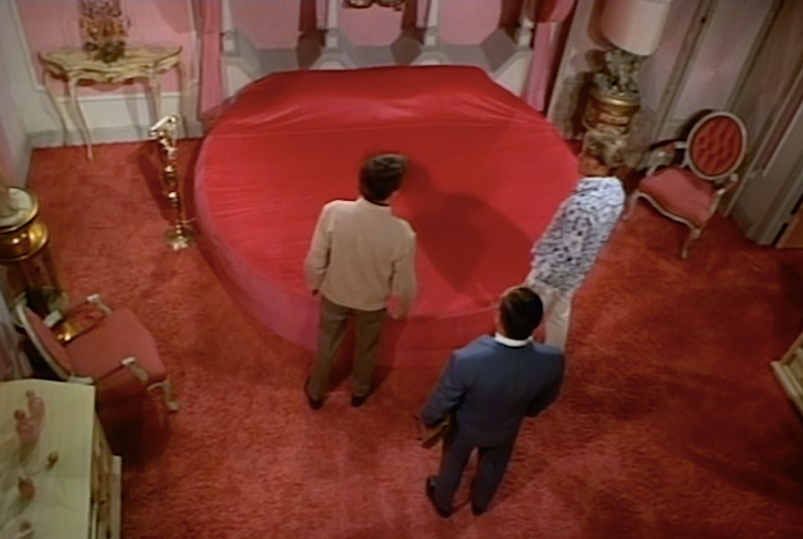
So, of course, they pick the local gayborhood, which seems to be a single block of houses right out of the village from Beauty And The Beast—except with much more cruise-y neighbors.
They move into the gaudiest, kitschiest apartment imaginable. It’s the epitome of what straight people would think a gay man lives like: overly decorated, with clashing patterns everywhere, and an all-pink bedroom. And good lord, the movie is obsessed with that pink bedroom. It keeps coming back again over and over, like it’s another character (seen above.)
Malcolm in The Middle
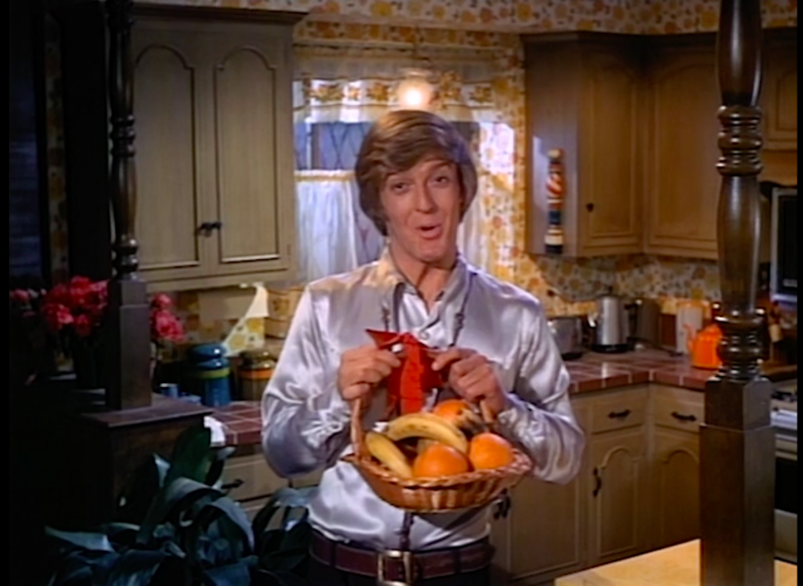
And then we meet Malcolm (Michael Greer), their landlord. Wearing more satin and scarves than your average drag queen and sporting a Ken Doll bowl cut, Malcolm is the most fascinating character in the movie. On one hand, he’s the obvious caricature of the mean, catty, overly-sexual gay man. But, on the other, he’s truly caring and understanding, and shown to be in a stable, loving relationship.
Malcolm’s not depicted as evil or perverted, but he is definitely an “other” in the eyes of the movie, someone fun(ny) to look at from afar. Which happens the stance that the movie seems to have about gay people in general: Like visitors going to a queer zoo.
Gay Rights?
From then on, the movie’s plot doesn’t really get that much more complicated. Danny and Elliot try to hide this “secret life” from their friends and family who keep dropping in and, at the same time, attempt to keep up the facade for their neighbors and the still-lurking officer.
Amid all of that, there are some surprisingly accurate depictions of gay culture, however: how gay men speak with pop culture references, the sexual undertones of two couples hanging out together, and the tight sense of community.
But it’s unclear how intentional these were—they certainly aren’t nuanced. It ultimately feels like the script was written with stereotypes in mind and just happened to get lucky stumbling onto some moments of authenticity—after all, some stereotypes are rooted in truth.
Related:
Men in tights. Are they or aren’t they?
Gayest. Superheroes. Ever.
Gay Wrongs
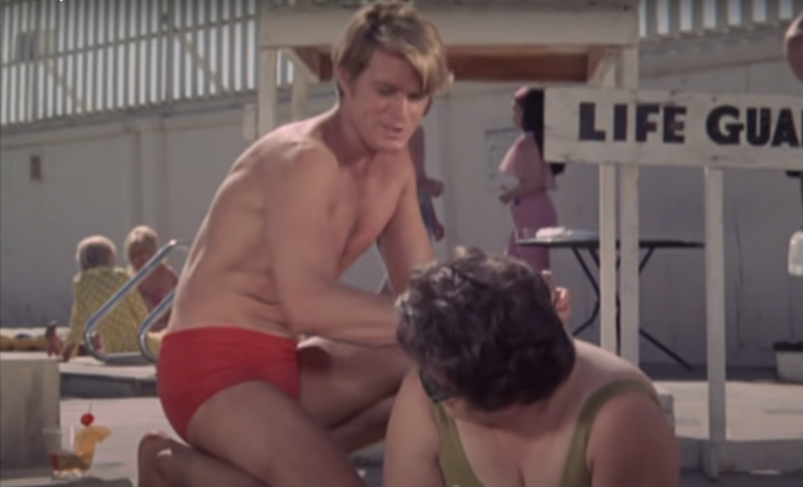
At the same time, many elements are painfully dated—it was the late ’60s, after all. Many, many slurs are said, queerness is referred to as a sickness, there’s transphobic reactions to drag, and there’s even a moment when Elliot gets fired from his job because of his proximity to children, which hits remarkably close to home today.
Let’s Have A Kiki
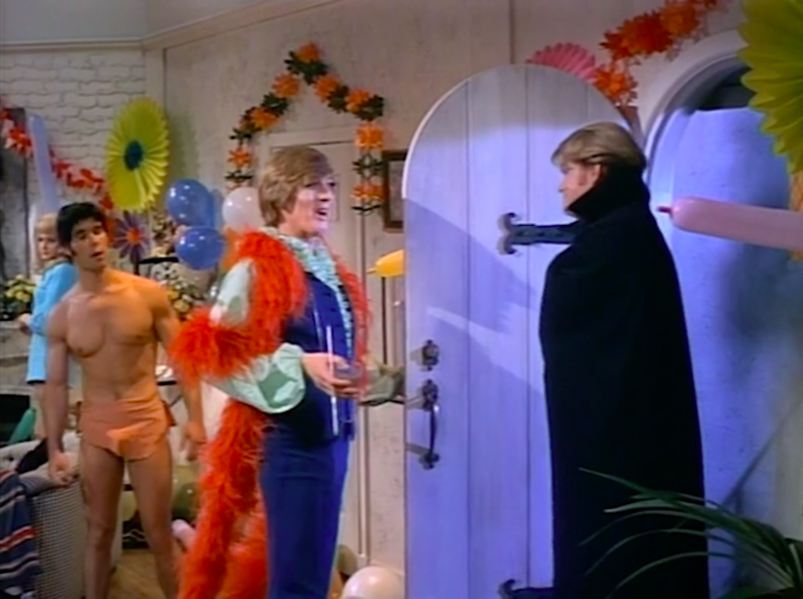
Danny and Elliot have a fallout once the lie starts to ruin their relationships. The climax takes place at Malcolm’s costume ball, where the theme is camp characters. Elliot shows up in a speedo and a cape like your favorite Instagay; some things never change!
After being confronted by their friends and family, they decide to confess to the recruitment officer. Pretending to be queer turned their lives upside down, and it’s no longer worth the trouble.
Not-So-Happy Endings
In a less-than-great twist, the recruitment officer is a closeted man himself, with some sort of vendetta against Danny and Elliott, or at least what they “represent.” *eyeroll* He doesn’t believe that they are straight, so they’re still dismissed from their draft. But now with a clean conscience. So… it’s a happy ending we guess?
There is sadly no conclusion to the relationship with their neighbors (who they seemed to truly have bonded with), or any lesson to be learned from the community they immersed themselves into. Once they are out, they’re out. No looking back.
It feels like a lost opportunity to comment on what they had in common, remark on any personal growth, or even a measly “Oh, you’re just like us!” Instead, their experience was just… erased.
Related:
We used to love these 10 queer movies. Now, they kind of make us cringe.
Ten movies that exemplify just how far queer characters have come…by looking way out of touch.
In Conclusion…

All in all, The Gay Deceivers is such a curious artifact. It seems out of time in the way it depicts gay homosexuality as a curiosity, simultaneously human and othering. For the most part, it doesn’t judge its characters, though it still doesn’t depict them as equals.
But in other aspects, it is so of its time on its politics and grander beliefs. And though there is no real subversion of how a straight audience would view the gay world, it is still pretty amazing the movie exists at all, isn’t it?
The Gay Deceivers is now streaming via Tubi, and is available for digital rental or purchase on Amazon Prime Video.


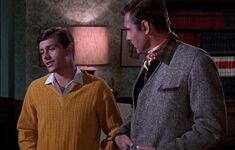


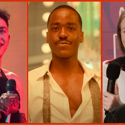



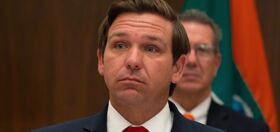

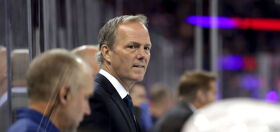
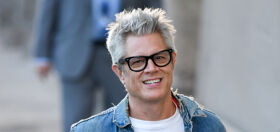
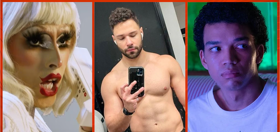
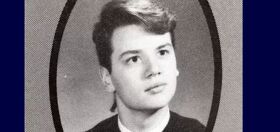


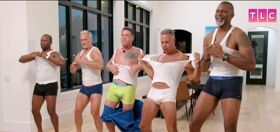

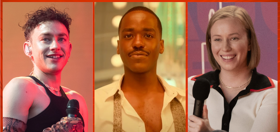
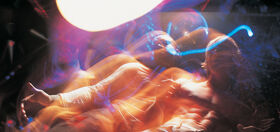
dbmcvey
This movie is a rough go. It’s interesting. We should be thankful that Michael Greer makes it bearable.
Ronbo
Where are our LGBTQ extremists? Are they still out looking for 1969 to protest that gay actors might be playing straight men pretending to be gay?
Oh the horrors!
dbmcvey
Michael Greer was gay and openly gay. He’s also the best thing about this movie as well as the movie “Fortune in Men’s Eyes.” The lead characters, played by (to my knowledge) straight actors, are not gay, they are pretending to avoid the draft. This movie is really an argument FOR casting gay actors in gay roles.
SDR94103
did you forget your metamucil honey? You’re messy.
Ronbo
Oh the Horror! Dbmcvey is the perfect example of individuals who of those demanding ONLY gay men can be cast as gay men! (previous story)
The mess is the person justifying bigotry against actors and producers who don’t meet the demands of THEIR career and sexuality. Naval gazing gone amuck.
dbmcvey
@Ronbo
I have never demanded that. I don’t know why you seem to be so opposed to it. It seems like, for all the b.s. you wrote in that comment it’s really a YOU problem.
jackmister
I love this movie! It’s such a period piece. I’m going to have to watch it, again.
GayEGO
Well I joined the Navy to see the world…….but I came out in Washington, D.C. when I was playing the flute at the Navy School of Music in Annacostia!
Markastro
The late Michael Greer was a dear friend. Christopher Riordan (the bare-chested one in the beads) is also a friend of mine who has been in dozens of films and TV shows. He is alive and well and still acting.
gregg2010
Thanks for that!
vancouverdoug
This is an amazing movie. Not because it is well written, or acted and good gracious it certainly isn’t PC. However, it is 1969!!!! That they could get this made is miraculous.
FreddieW
I can’t think of a gay movie before the 80’s that I like. This one sounds harmless, though.
The worst I’ve seen is “Tea and Sympathy”. It is nauseatingly offensive. I was pissed at Turner Classics when they played it a few years ago and didn’t even remark on how stereotypical and maudlin it is.